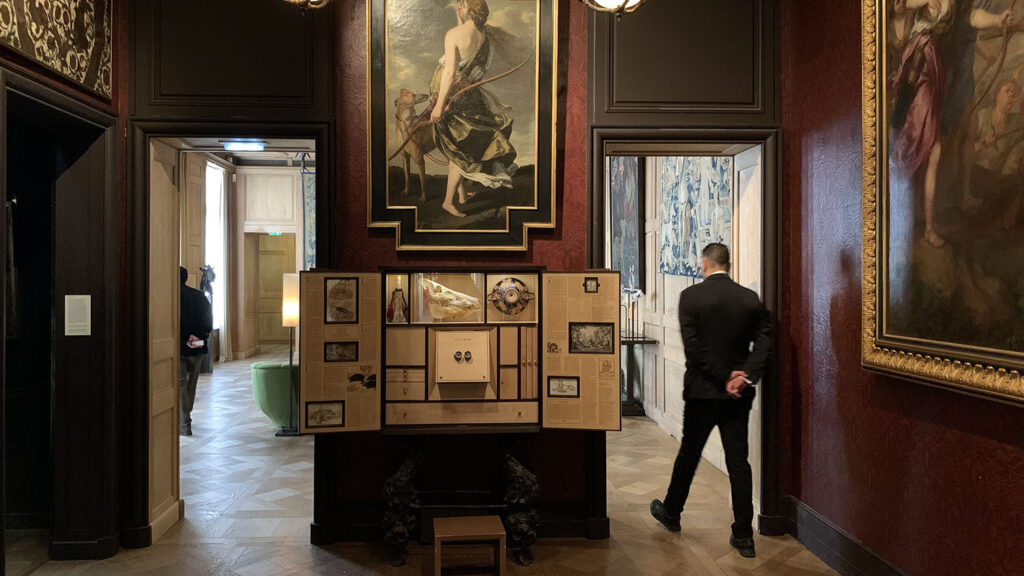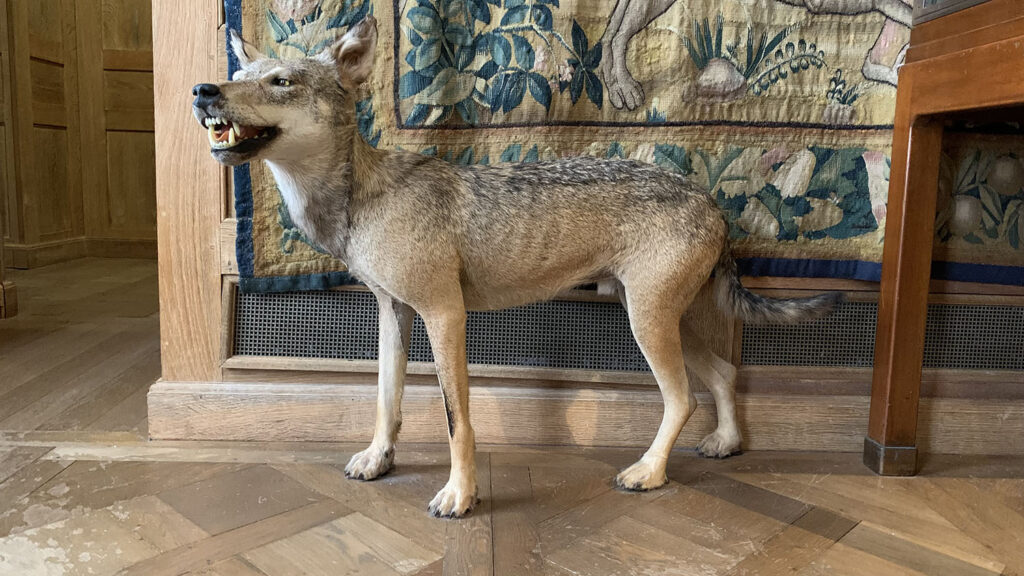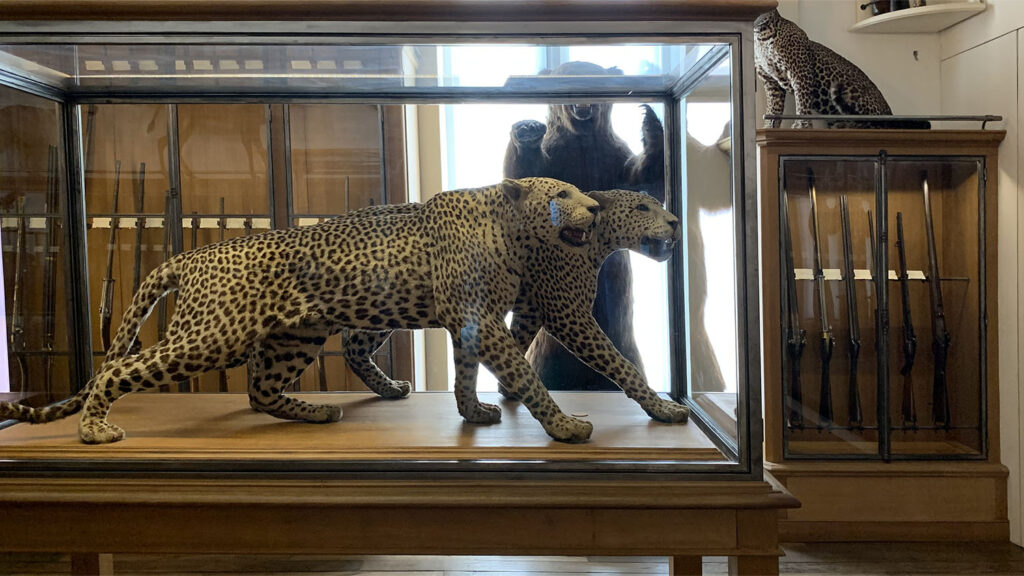+33 (0)1 40 41 96 42
The museum of hunting and nature, inaugurated by André Malraux, was initially housed in the hotel Guénégaud designed by Mansart, then was extended to the hotel de Mongelas. The Musée de la Chasse illustrates the relationship between man and animal throughout history.
The staging of the permanent collections benefits from a very qualitative architectural environment and a refined decoration. The scenography often takes the form of a vast cabinet of curiosities.



We learn that it is from the Middle Ages that the deer acquires its letters of nobility. The animal is seen as a divine symbol, drawing its foundation from the fall of the antlers, followed by their regrowth, echoing the resurrection of Christ. The ten horns, often counted in the antlers of the animal, evoke the ten commandments.

On the other hand, the enemy of man who prevents his domination, is in the Middle Ages the wolf, qualified as deceitful, cruel and diabolical. We learn that after a particularly harsh winter when wolves had entered Paris, Charlemagne created the Louveterie by the capitulary of 812 or 813: “The rural owners must have in their ministry, two wolf hunters”.





The collections are enriched by temporary exhibitions that are renewed two or three times a year.
Currently and until September 17, 2025, the exhibition Uchrony expresses our relationship to nature and technology in an alternative version of history. What if life on earth had evolved differently?
Vincent Fournier’s works are part of the collections of the Metropolitan Museum in New York, the Centre Pompidou in Paris, the Mori Art Museum (Tokyo), the LVMH collections and the Musée de la Chasse et de la Nature.




Musée de la Chasse et de la Nature
62 Rue des Archives, 75003 Paris
Tuesday to Sunday from 11:00 am to 6:00 pm. Nocturne on Wednesday until 21:30
https://www.chassenature.org/

19, rue des Prêtres-Saint-Germain-l'Auxerrois
75001 Paris
+33 (0)1 40 41 96 42